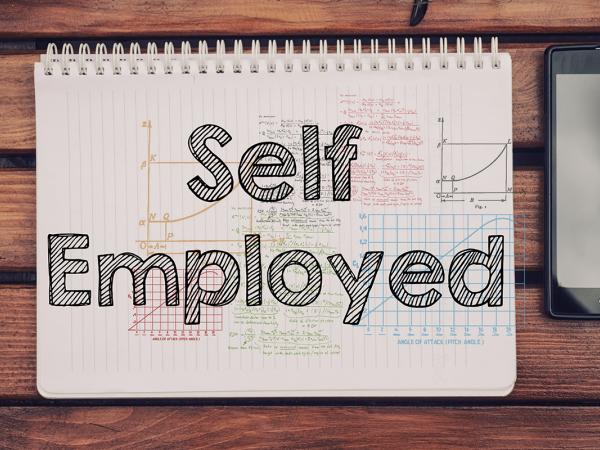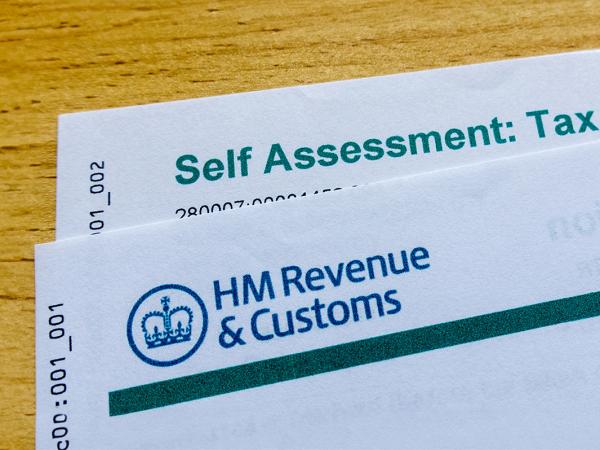Partnerships
If you don’t want to run your business as a sole trader or a limited company, then you might decide to run the business in partnership with others. This page explains what a partnership is and the tax issues partnerships should be aware of.

Content on this page:
Introduction
A partnership (or firm, if you are based in Scotland) is an entity which can be used to run a business with a view to making a profit. The partners, who can be either individuals or companies or Limited Liability Partnerships, personally share responsibility for their business. Although a partnership can be formally set-up using a partnership agreement, it is also possible to be run informally through a verbal understanding between all the partners.
Apart from in Scotland, a partnership is not a separate legal entity like a limited company. Scottish partnerships are a separate legal entity and can own property in their own right.
There is no limit on the number of partners there can be in a partnership.
This page focuses on simple partnerships where all the partners are individuals who are not earning a salary from the partnership, as well as a share of the partnership’s profits. However, some partnerships can be complex because of factors such as partners joining or leaving, partners adding capital (investing money) into the partnership, changing the profit-sharing ratios of the partnership or having a partner which is not an individual (such as a limited company). For more complicated partnerships you should consider obtaining professional advice.
The main tax areas partners should be aware of when running a simple partnership are:
- A partnership must be registered with HMRC.
- The partnership’s taxable profits or losses should be allocated to the partners according to the profit-sharing agreement.
- A partnership tax return (SA800) must be completed as well as tax returns for each partner.
- The partnership does not pay tax in its own right, instead the partners are taxed individually.
We cover these four tax areas in more detail under the relevant headings below.
Registration
The partnership needs to register with HMRC as well as the individual partners. We cover registration for self assessment for individuals on our page Self-employment: registering for tax and NIC. As part of the registration process, one of the partners in the partnership must be named as the nominated partner. The nominated partner is responsible for completing and filing the partnership tax return and maintaining business records for tax purposes.
The partnership can be registered either online through government gateway or by using a paper form (SA400). The deadline to register the partnership is the same as for individuals.
Allocation of profits or losses
The partnership will need to prepare accounts and allocate any taxable profits or losses according to the profit-sharing ratio, which should be included in the partnership agreement if there is a formal agreement.
So, if there are four equal partners, each will be allocated a quarter share of the taxable profits (or losses).
The tax rules for preparing accounts for a partnership are generally similar to those when you are self-employed.
After calculating the partnership’s profits, the profits are allocated as per the profit-sharing ratio. This is illustrated in the example, under the heading Paying tax below. The profit-sharing ratio cannot be varied retrospectively after the end of the tax year.
Tax returns
If you run your business through a partnership, then the partnership will need to complete a partnership tax return as well as each individual partner filing individual self assessment tax returns.
As explained under the heading Registration above, the nominated partner for the partnership is responsible for completing and filing the partnership tax return (SA800). It is not possible to complete and file a partnership tax return using HMRC’s free online services so if you do not want to purchase commercial software then you will need to complete a paper tax return. If a partnership paper tax return is not received from HMRC it can be found, with a guide on how to complete it, on GOV.UK.
The filing deadlines for a partnership tax return are the same as for an individual’s self assessment tax return whether you file a paper tax return or an online return.
Although the nominated partner is responsible for the filing of the partnership tax return, the individual partners are responsible for filing their own self assessment tax returns. This is covered in the example under the heading Paying tax below.
Paying tax
The partnership does not pay tax or National Insurance contributions (NIC). As mentioned under the heading, Allocation of profits or losses above, the partners are allocated a share of the profit or losses from the partnership based on the profit-sharing ratio. Tax and self-employed National Insurance contributions (NIC) will be calculated on an individual basis for each partner, with the payment dates following the self assessment rules.
The example below illustrates how the profits are allocated between individual partners and how the tax is calculated for each partner.
More information
There is information on GOV.UK about setting up a partnership.
There is guidance in HMRC’s partnership manual about Scottish partnerships and how to treat losses.



